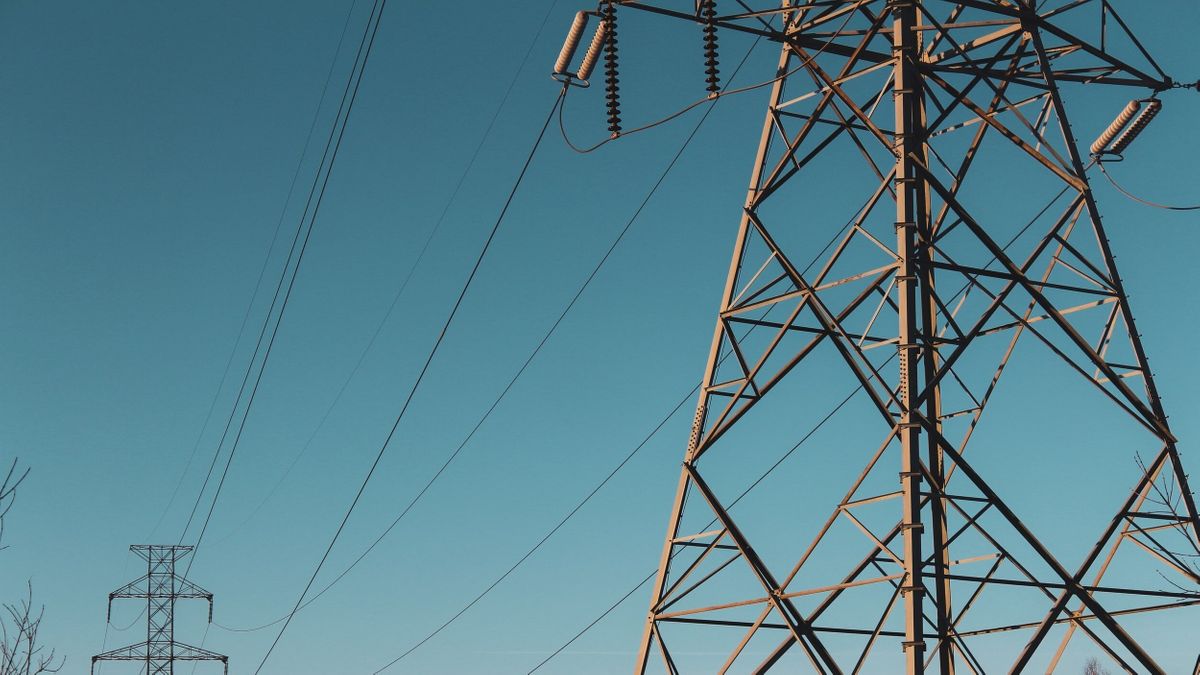Electricity is ubiquitous in the United States: just about every household in the country uses electricity for something - refrigerators, televisions, phone chargers, air conditioning, and sometimes for heating (although almost half (47%) of Americans use natural gas for their heating needs). While each utility is different and charges different rates for electricity based on state regulations, there are two aspects of electricity that utilities generally charge for: demand and consumption (sometimes called usage).
Demand is the amount of power needed at one time by a device or a piece of equipment, and is typically measured in watts (W) or kilowatts (kW or KW = 1000 W). A 100-watt lightbulb has a power demand of 100 W (0.1 kW) while a typical water heater requires about 4000 W (4 kW). The amount of power being used by a building depends on how much equipment is being used at one time. The need for power can vary during the day as devices like lights and dishwashers are turned on and off, or equipment such as refrigerators and air conditioners cycle on and off. If many devices are in use at once, that can add up to high demand (demand is typically lowest at night, when lights, computers and other devices are off). Buildings can reduce demand by minimizing how much equipment is running concurrently – for example, by not running dishwashers, washing machines, and air conditioners at the same time.
Consumption, also known as usage, is perhaps a more well-known piece of the electricity puzzle, and is typically measured in kilowatt hours (kWh). If demand is the power needed to run a piece of equipment, consumption tells us how much energy it takes to run that piece of equipment over a period of time (like for a month) - electricity consumption (kWh) is power (kW) multiplied by time (hours).
Utilities charge different fees for demand (KW) and usage (kWh) based on customer usage size and the residential or commercial rate plan under which a customer is defined. Demand charges tend to be higher than usage charges because of the increased effort and resources required from the electric grid to provide the correct amount of power at the time it’s needed. Demand charges can be in the $5 - $20/KW range (and sometimes higher), depending on the state, utility, season, and total demand of the customer. Additionally, utilities will charge a customer based on the highest demand for the month during a 15-minute period of time. If a customer averages demand at around 200 KW during a month, but one morning that increased to 350 KW because of additional equipment use, that customer will be charged for 350 KW for the whole month.
One of the best ways to reduce a utility bill is to look at demand and figure out ways to reduce spikes. Are there ways to run fewer pieces of equipment at one time? In large buildings with complex heating and cooling systems, can the equipment be started up on a staggered schedule so the initial surge of power doesn’t happen all at once? Can older equipment be replaced with more efficient pieces that require less power? If you have questions about reducing demand in your building, reach out to the team at Fusebox for ideas!
Check out Laurel’s other blog posts!
- Better Indoor Air Quality Means Happier (and Healthier) Occupants
- Who Decides the Utilities’ Rates?
- What is a Regulated vs. Deregulated Utility?
- Incentives for Solar and Renewables
- On-Site Solar vs. Community Solar - What Should You Do?
- Energy Benchmarking Is Becoming Mainstream
- The Cost of Water is Increasing…Now What?
- Gift-Giving For The Energy and Sustainability-Minded
- Water Reuse is Water Conservation!
- Tracking and Reducing Water Use in Your Building
- Teachers as Energy Conservation Champions in Schools
- Plug Loads and Commercial Office Tenants
- Communicating Energy Conservation With Residential Tenants
- Water, Waste, and Cleaning Of Buildings In A Post-COVID World
- Energy Management In Buildings In A Post-COVID World

